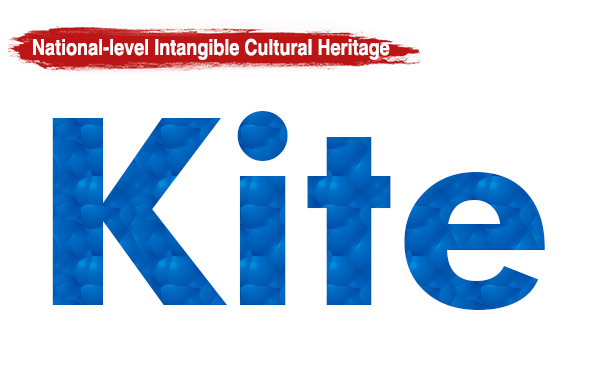
The kite was invented by the ancient working people in the Eastern Zhou Dynasty (770-256 B.C.) in China, and has been in existence for more than 2,000 years. Legend has it that Master Mo Di (unknown for dates of birth and death, famous philosopher, educationist, politician and military strategist living around 475 B.C.) spent three years studying how to make wooden flying bird out of wood, and this is the earliest origin of kites. Later, Luban (507-444 B.C.) used bamboo as the material to improve the material used by Mo Di for making the kite, and further evolved it into the multi-line structured kite today. It is said that "Mozi spent three years to make a wooden flying bird, but it only flied for one day and felt down."
When it came to the Northern and Southern Dynasties (420-589), kites started to become a tool for delivering message. Since the Sui Dynasty (581-619 A.D.) and Tang Dynasty (618-907 A.D.), due to the development of the paper making industry, people began to use paper to paste kites. In the Song Dynasty (960-1279), kite flying became a favorite outdoor activity for people. Zhou Mi (1232-1298 A.D.), a poet and writer in the Song Dynasty wrote in "Reminiscence of the Martial Arts Circles", that "During the Clear and Bright solar term period, people went to the suburbs to fly paper gledes and won't return until twilight." "Paper gledes" means kites. Vivid scenes of flying kites can be found in the picture "Riverside Scene on the Clear and Bright Day" painted by Zhang Zeduan (1085-1145 A.D.), and in "A Picture of A Hundred Playing Children" painted by Su Hanchen (1094-1172 A.D.) in the Northern Song Dynasty (960-1127 A.D.).
Weifang kites was originated in the early Ming Dynasty (1368-1644 A.D.). At that time, the villagers of Yangjiabu already mastered the engraving skills of woodcut New Year pictures. People made use of the leisure season in spring to paste the paints and papers for the New Year paintings into the kite frames, and to make them into unique Weifang styled kites. People there fly kites in the season around the Clear and Bright Day for self-entertainment, or for gifts to relatives and friends. The Weifang kites were mostly made from local materials. They were originally made of sorghum straws and reeds. Since these materials were difficult to bake and bend, they were made into simple geometric shapes such as "eight tri-grams", "shifter" and "seven stars". In the Qing Dynasty (1636-1912 A.D.), the material for the kite frames was changed to bamboo. Since the modern times, Weifang kites have gradually formed a school, with hard-winged kites as the most in number, long strings of "centipede" as the most distinctive in pattern, soft-winged kites as the most clever in skills, and tube-shape kites as the most unique in design.
Weifang kites pay great attention to the techniques of binding, pasting, painting and flying, among which, binding and pasting are the basis of modeling, painting is to make up the deficiency of the shape, and color is to optimize the modeling and shape. Weifang kites do not stress the similarity or resemblance in form and shape. Rather, the form and shape is to express the similarity and resemblance in spirit and much attention is paid to the beauty of the pattern. In addition to the original themes or patterns, such as gledes, sandpipers, cranes, swallows, butterflies, cicadas, birds, fish, insects, and etc., many other themes are also transferred to kites, such as "Liu Hai", "the Lad" and "Beauty Canes". Many kites are directly named after the what are shown on the pictures and are very popular among the people, to the extent that flying "Liu Hai" is equal to the name for flying a kite.
Since 1984, Weifang Municipality has started to host the Weifang International Kite Festival in April every year, attracting tens of thousands of domestic and foreign guests.